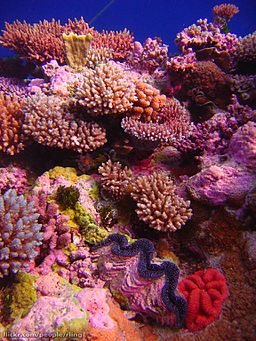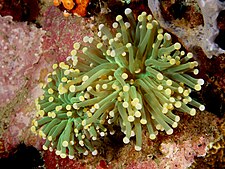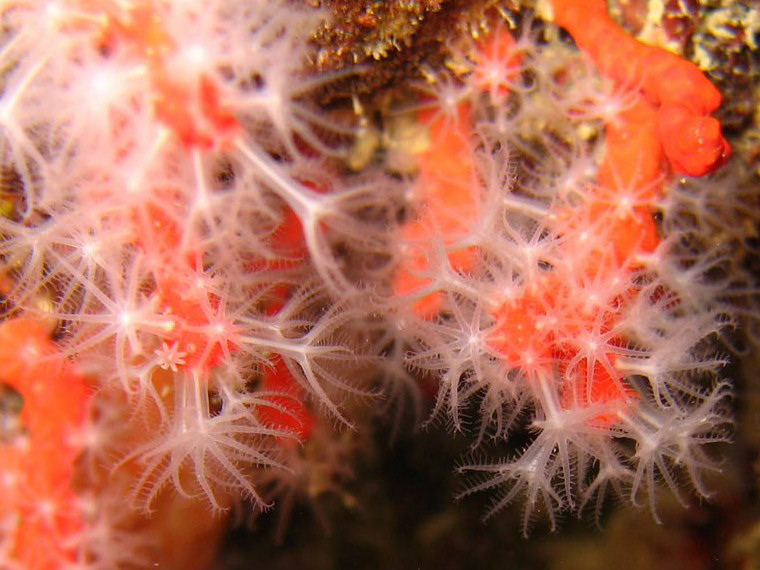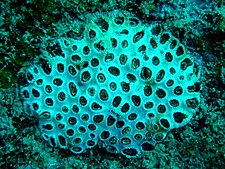|
Contact the seller in advance before paying for the order! Coral – A Beautiful But Costly Gift From The Ocean
Coral is beautiful, no doubt about it. It has been used in jewelry and for beautification for thousands of years. The ancient Egyptians and Romans used it for jewelry, medicine and for spiritual reasons, but also for trading with eastern countries like India.
Its use goes even further back in time than that, and jewelry with this beautiful gem has been found in graves from the Iron age and jewelry that is as old as 25000 years can be seen in museums around the world. Beads were brought to America with the discovery of the New world, and used as trade beads with the natives. It has been and still are, treasured around the world for its beauty and ability to be carved into beautiful ornaments. During the Napoleon reign Coral became very popular. Because of its softness it is easily carved and often used as cameos, brooches, rings, bracelet and other jewelry. It had a peak of popularity in the early Victorian ages, but became so common that it fell from grace and eventually was seen as vulgar in high society by the end of the Victorian age. It had a small reaps in the 1920 and 1930s, but did not come back as something desirable before the 1970. Today Italy have the monopoly on the Coral trade, and the oldest trade center to fashion the gem are in Torre del Greco, located near Naples. It was founded in 1870 by the King of Naples and Robert Phillips, a jeweler from London. But what is it, and what makes it so treasured as a jewelry gemstone? Not a plant: The gem is, regardless of how it looks with its stems and branches, not a plant, but the skeleton remains of a marine animal called Polyp corallicum. They are tiny soft bodied organisms and related to sea anemones and jelly fish. For protection the polyp has a hard skeleton at the base, called a Calicle, and these skeletons form the reefs. One polyp attach itself to a rock on the sea bottom and then clones itself into thousands of clones, just like a jelly fish does. All the clones live together in a colony and function as one organism. Several colonies join each other and the reefs grow larger and larger. Some reefs are up to 50 million years old, which is pretty amazing. The polyps have barbed and venomous tentacles. They stick them out from the Calicle to grab zoo plankton and small fish. These tentacles are the flower looking thingies that you see with beautiful colors, waving in the current. Not only are these small organisms and the reefs they create beautiful, they support up to 25% of all marine creatures and are immensely important to the balance of marine life. You can compare them with the rain forest, if it dies, so does thousands of species, and our world would be a much poorer place. It may even be impossible for us to live in, as it would turn the whole ecosystem upside down. The gem have been seen and used as a gemstone although it is not a mineral, but of organic material, like the pearl,Amber and Jet. The label sticks even today, and it is classified like a gemstone. They are very soft and porous, with slight variation from species to species. They have a hardness of 3.5-4 on the Mohs scale and should therefor be kindly treated to avoid scratches and damage, just like a soft gemstone would. You can find them in oceans around the globe, but the best species used for jewelry are found in particular places like the Mediterranean ocean and Pacific ocean near Japan and Taiwan, as well as outside Hawaii. There are thousands of variations of the species, but only a few are used in the jewelry industry, like red-, pink-, black- and Hawaiian Gold Coral. They come in a wide range of colors from white, pink, orange, red, blue, violet, gold and black, and some are more popular than others. Corals used in the jewelry industry: Red coral: Corallium Rubrum belongs to the deep water species. They do not have a symbiosis with the symbiotic algae zooxhantella and are therefore not dependent on shallow waters to help the alga's photosynthesis. They grow at depths from 7 to 300 meters, and can live up to 100 years.
These organisms are very slow growing. In the Mediterranean ocean they grow only about 1 mm per year, and only 8 mm per year in the Pacific ocean, something that makes them especially vulnerable to over harvesting and environmental changes. Their color is rich and red, but can vary from pink to orange to red. In nature they are matte, but displays a glassy shine when sanded and polished, something that make them very sought after for the jewelry industry. The combination of red coral and Turquoise are beautiful, and a very popular combination in jewelry. The two colors complement each other perfectly, creating a warm and inviting feeling. The color and the carat (size) decides the price, as well as little or no impurities. The red species are very high priced. In fact they are almost as expensive as gold. Lighter colors have lower prices, but pink species with no impurities can be almost as expensive as the red ones. Pink coral: Black coral is the official state gem of Hawaii. Their Calicles are not made by Calcium carbonate like the red and pink species, but of a horny substance. Since they are so rare to find, they are very valuable and subject to considerable collecting pressure. Black species, like red and pink, are slow to grow, and therefor slow to recover. They also tend to become very old, up to 4000 years old, making them the oldest known marine organism in existence. These black beauties grow in deep water. They are not dependent on the photosynthesis of the symbiotic algae zooxanthellae, since they do not have a symbiosis with the algae. Therefor they can be found as deep as 450 meters, but mostly in the range from 30 – 100 meters. The black species are particularly good to carve and mold and can be polished to a glassy sheen. Because of this they are over harvested for the jewelry trade, and protective actions had to be done to save it from extinction. Hawaiian Gold: Bamboo coral: Lepidisis Olapa (that is the spongy one) belongs to the deep water species, and can be more than 4000 years old. They are the first organisms that displays effects of changes in the oceans acidification, still little is known about these species. It got its name due to its distinct joint like regions, like a real bamboo. It is natural creamy white with brown or black joint, but when dyed, it can be difficult to discriminate from its more expensive sisters.
Sponge coral: Because of its porousness, beads are often made by crushing Melithaea Ochracea and mixed with red dye and resin. It is then built into blocks and cut into beads. These constructed beads take better polish, and can easily pass as more precious types. Melithaea is not one of the endangered species and therefor a good substitute for the other ones. Naturally it is orange to red. It may sometimes have yellow streaks and a brownish tint. The closer to red it is, the more sought after it is. It is easy to carve and to shape, and is relatively inexpensive.
How can you tell if it is real? There are however three things you can do yourself, although I am not sure how valid they are.
Because all the species used for jewelry are in danger of being harvested to extinction, I strongly recommend you to think twice before you buy some. You can do fine without coral, but our ecosystem will not. It will cause devastating damage to marine life and we will no longer have reefs to protect us from Tsunamis and tides if the reefs die. Go to Coral - Part 2 - Damaging Desire Leave a comment ,I would love to hear your opinion on this page. Good or bad, it will help me making this Site better. |
Loans for US Residents:
Choose what you need:
Jewelry and polymer clay tutorial heaven

Promote Your Page Too







